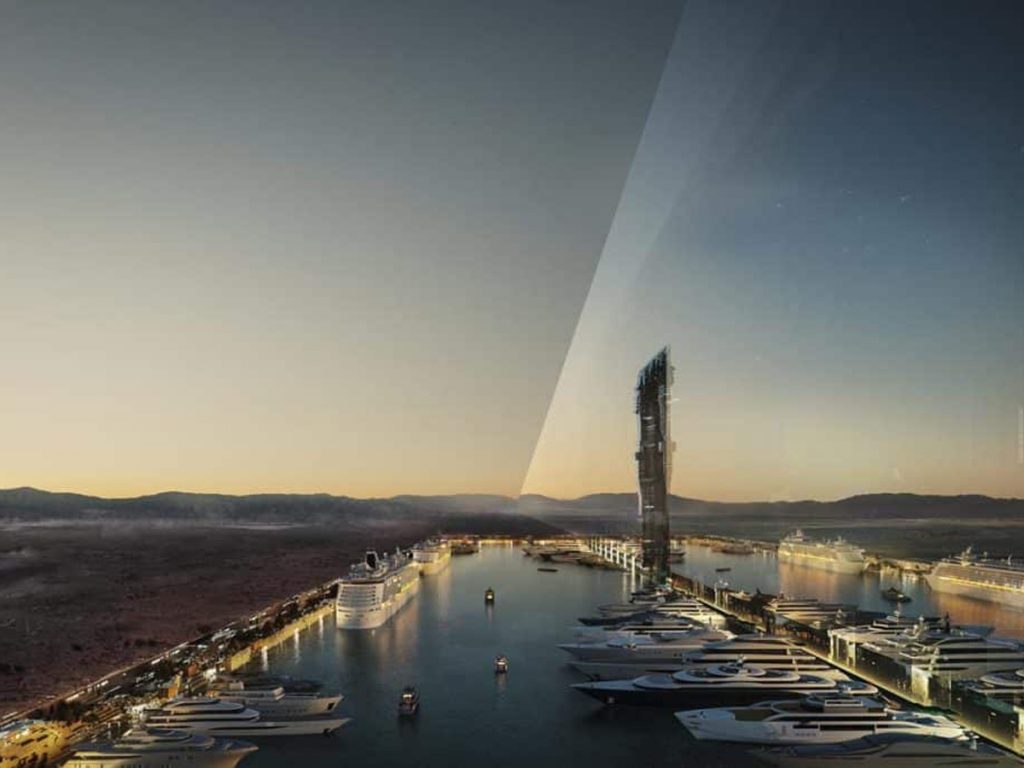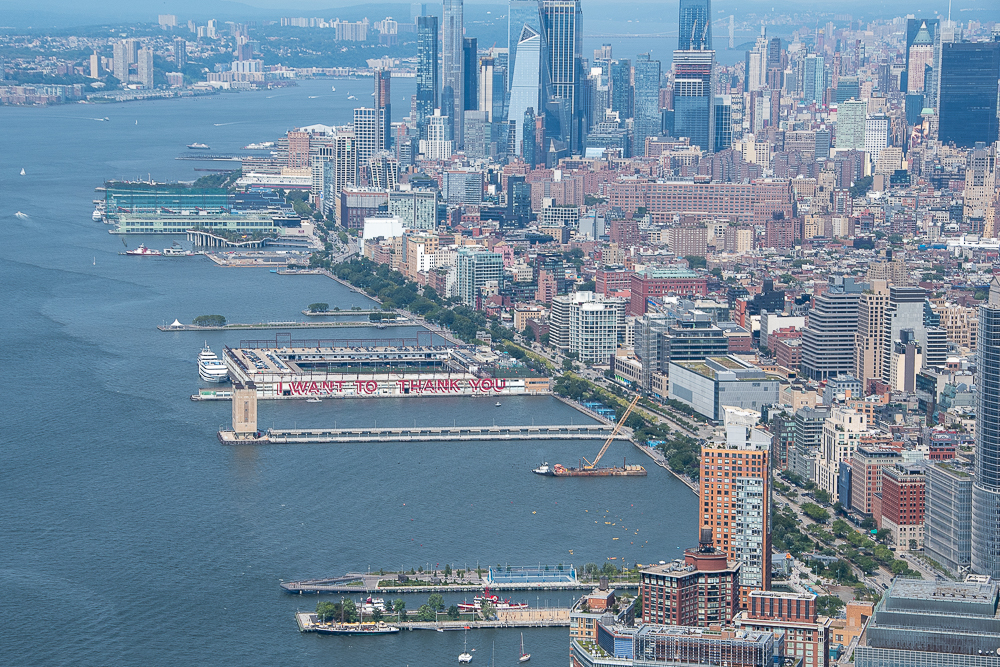The 4-mile-long, 500-acre Hudson River Park in Manhattan is nearing completion and is the largest park built in the area since Central Park over 150 years ago. The park has transformed a previously derelict and dangerous waterfront, providing new recreational opportunities for millions of New Yorkers and enhancing the city’s image. It has also protected the Hudson River estuary and stimulated redevelopment in adjacent neighborhoods.
However, the park’s future is uncertain due to funding challenges. The park was initially created through a unique funding formula that combined city, state, and federal funding with revenue generated from commercial development within the park. This funding model was intended to sustain the park’s maintenance and operations. However, public funding has been limited, and the park has struggled to generate sufficient revenue.
The Hudson River Park Trust, established as a state development authority, oversees the park. Over the years, there have been disagreements between the Trust and advocacy groups like Friends of Hudson River Park regarding funding and management. The Trust has pushed for the park to be self-sufficient, leading to increased commercial development within the park. Meanwhile, adjacent real estate developments like Hudson Yards and the Meatpacking District contribute nothing to the park’s funding.
Efforts to establish a park improvement district, which would provide long-term maintenance and operating funds, have been abandoned. The Trust has recently recommended commercial development on one of the park’s piers, further raising concerns about the park’s future.
Despite these challenges, the Hudson River Park has become a popular destination, attracting approximately 17 million visitors annually. The park has played a significant role in revitalizing the West Side waterfront and providing public access to the Hudson River.
To ensure the park’s long-term sustainability, advocates are calling for increased public funding, the establishment of a park improvement district, and meaningful community participation in decision-making processes. The park’s founders envisioned a public park that celebrates nature and provides access to the Hudson River, and it is crucial to return to this original vision.












